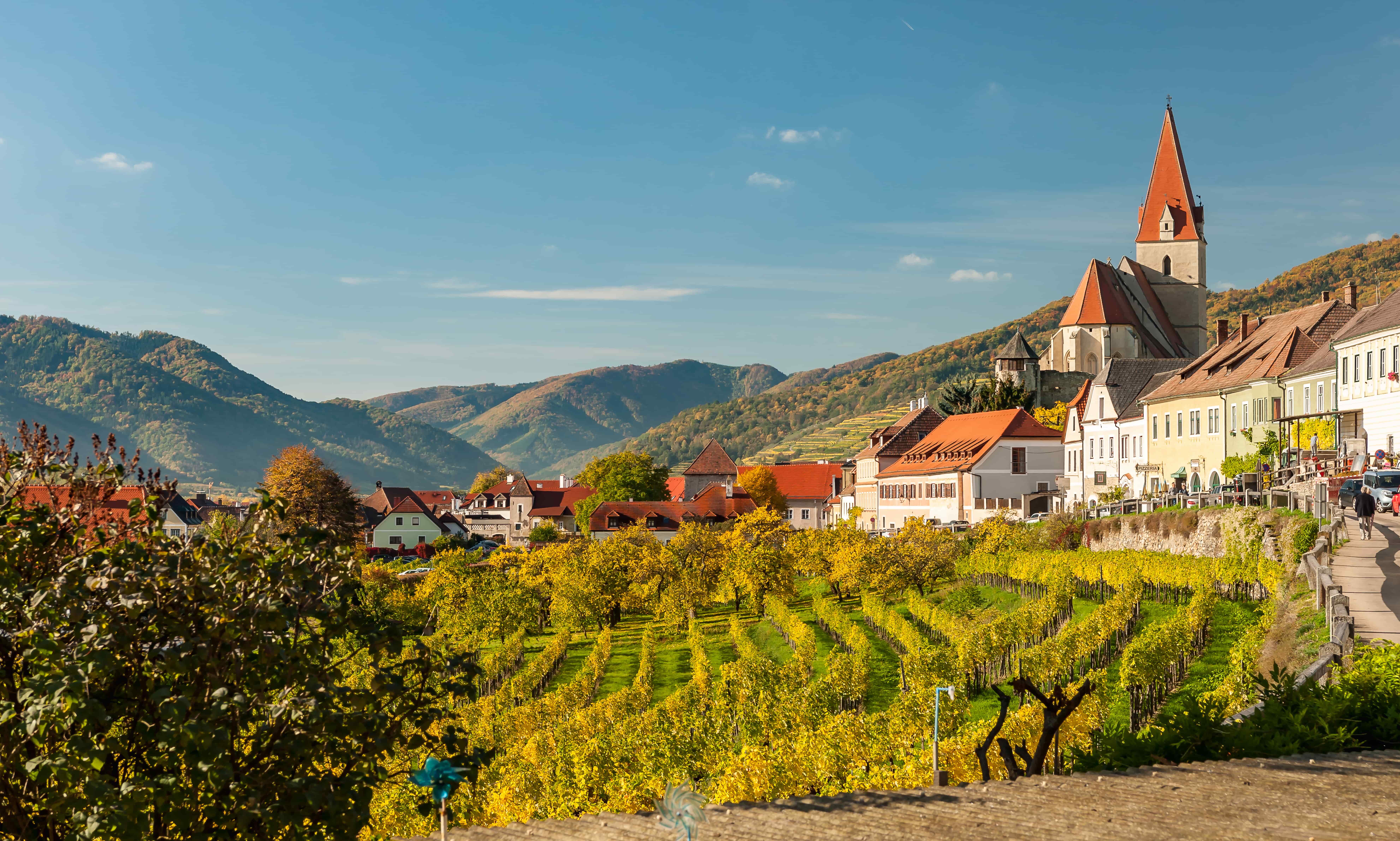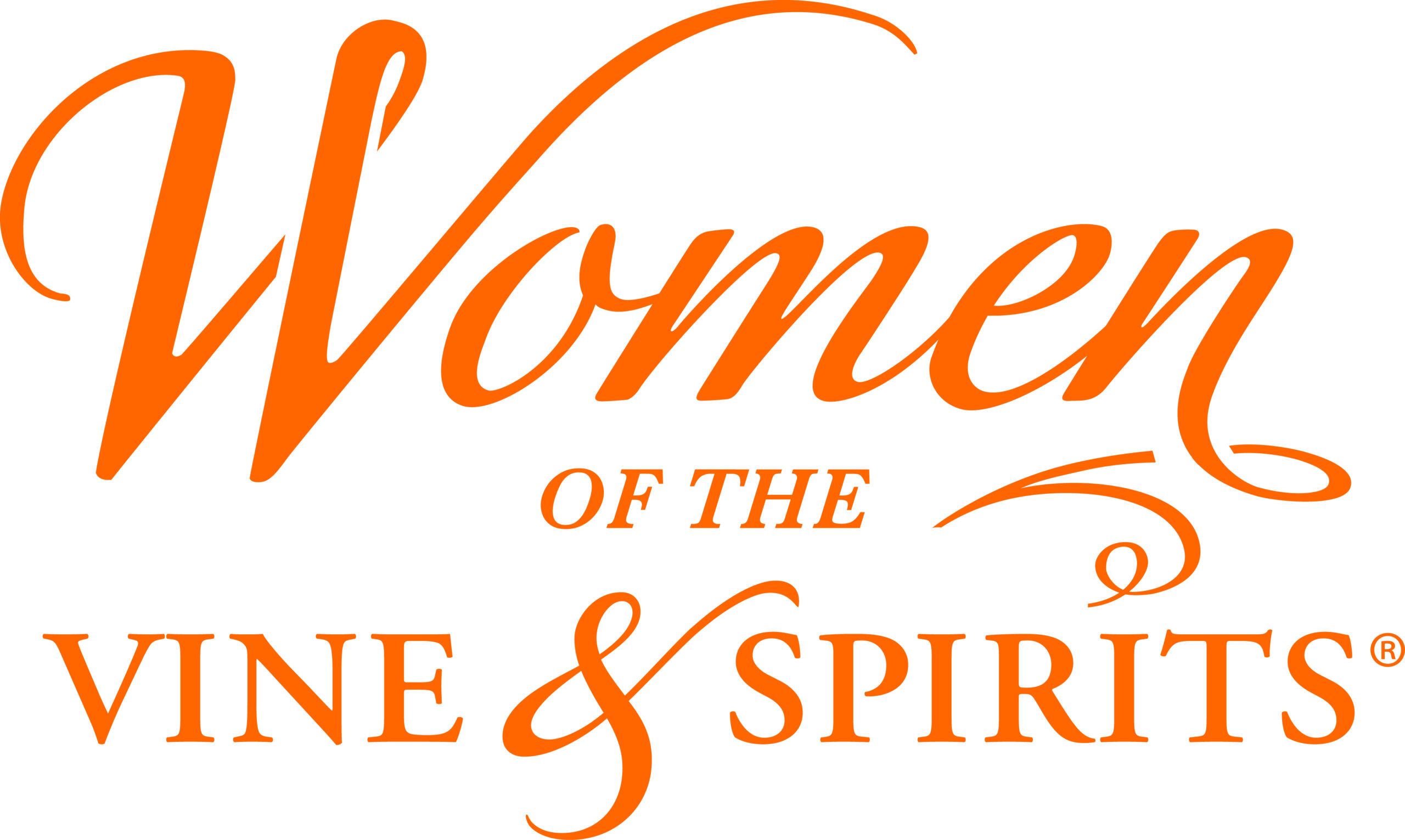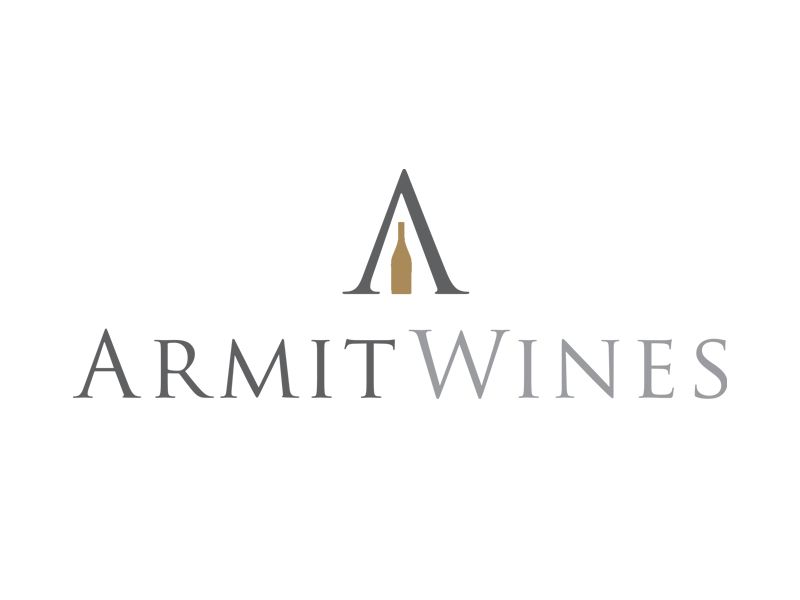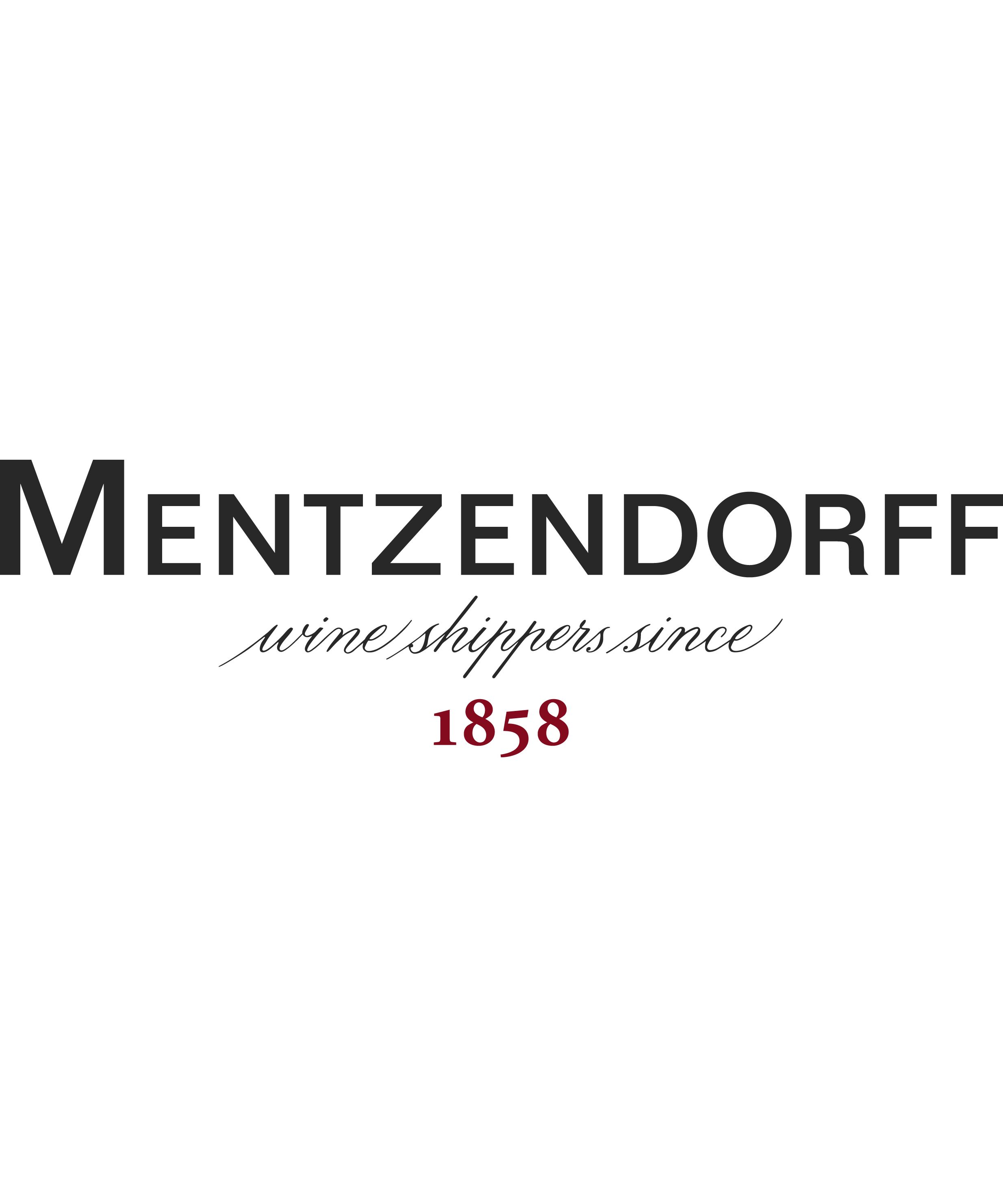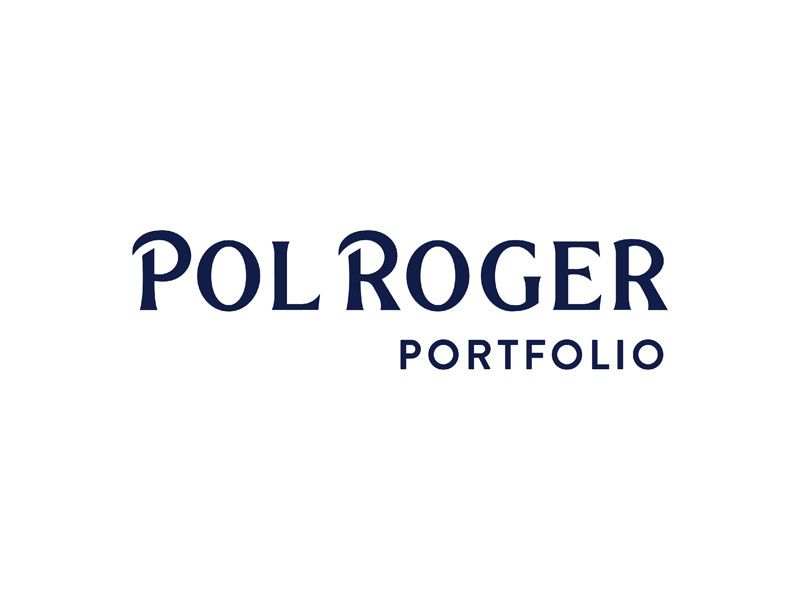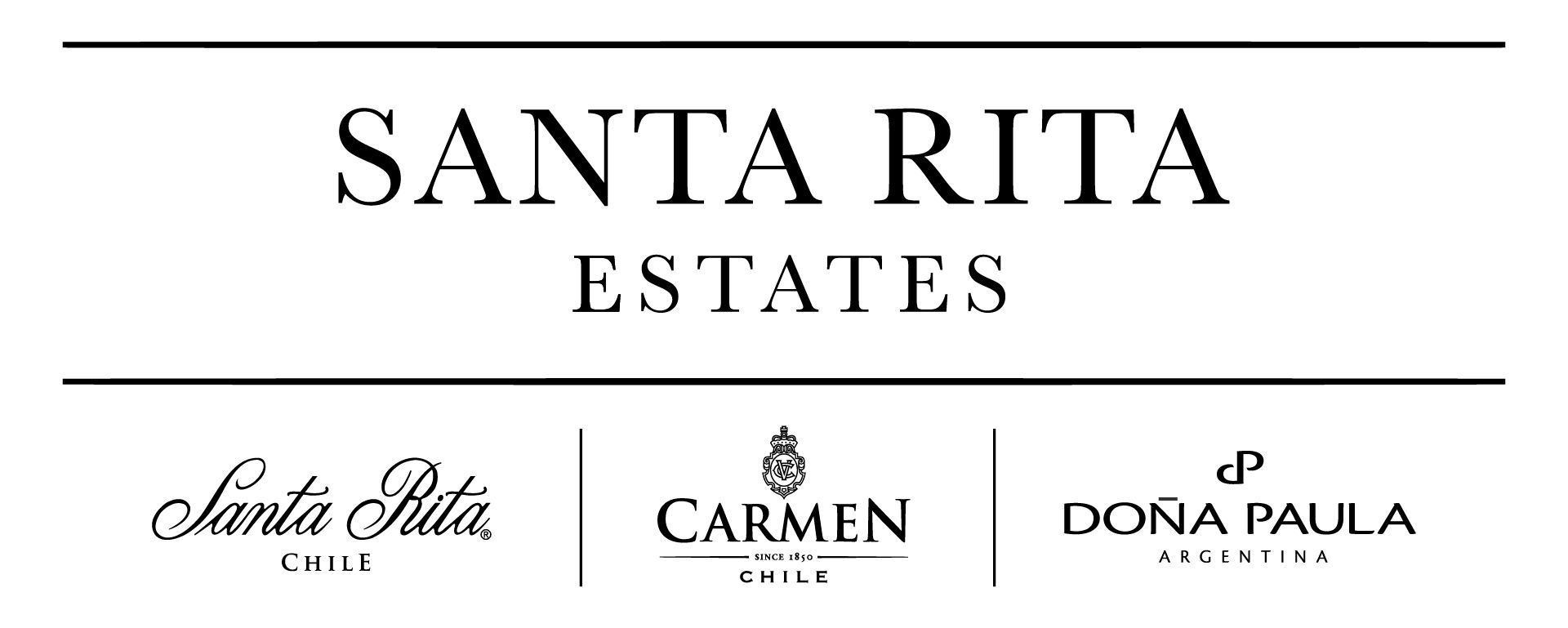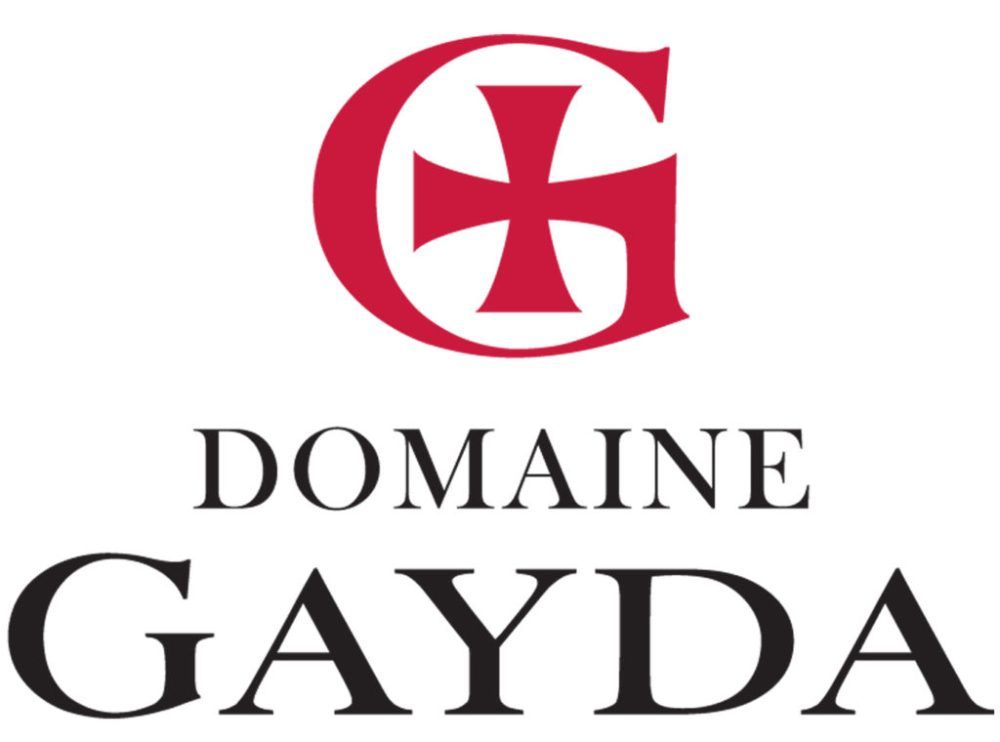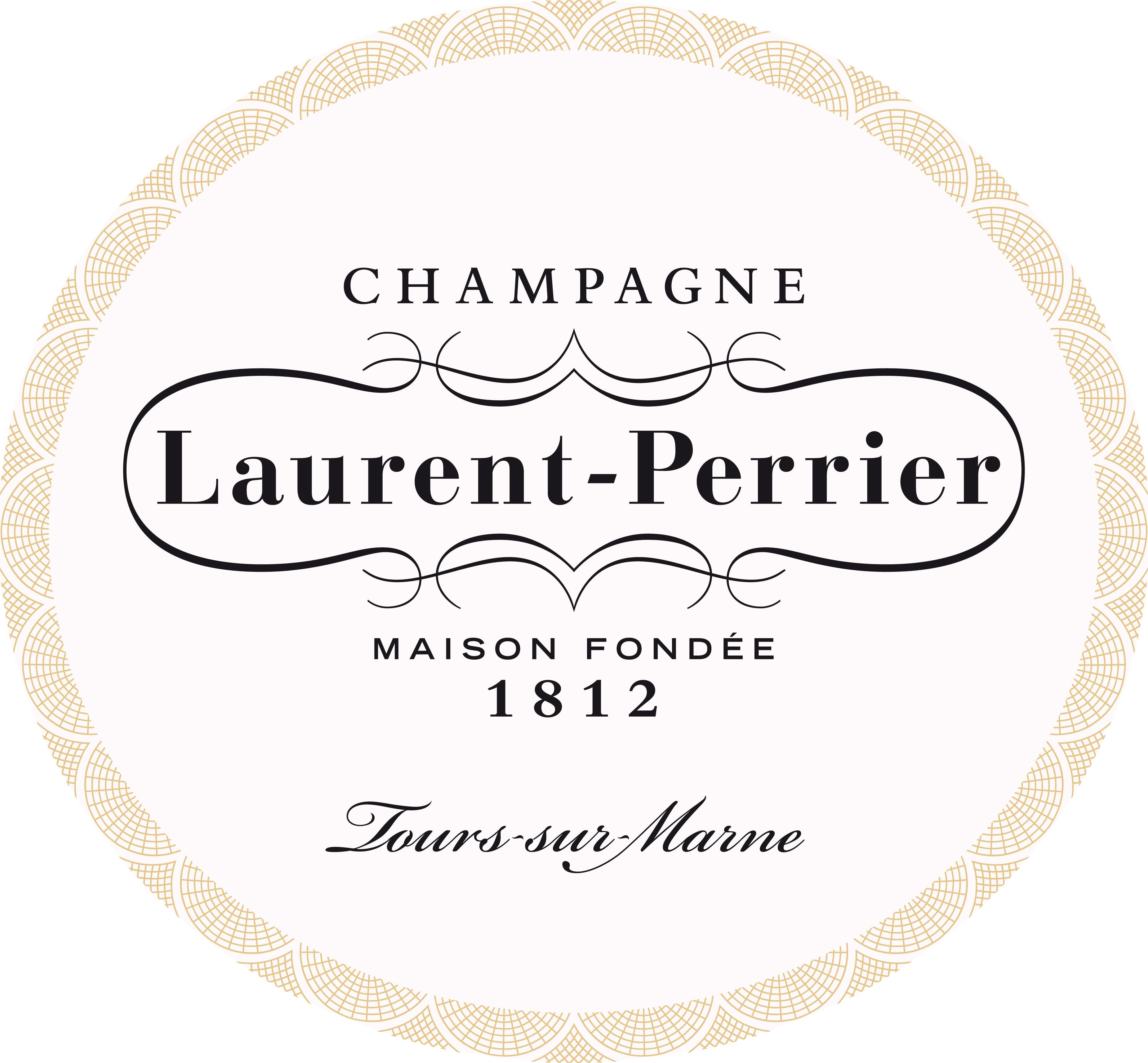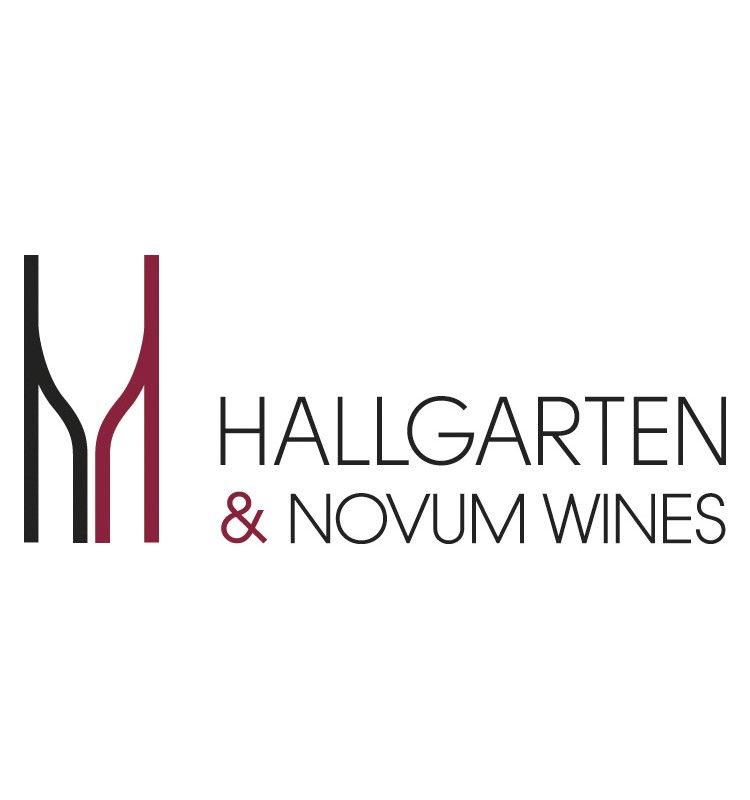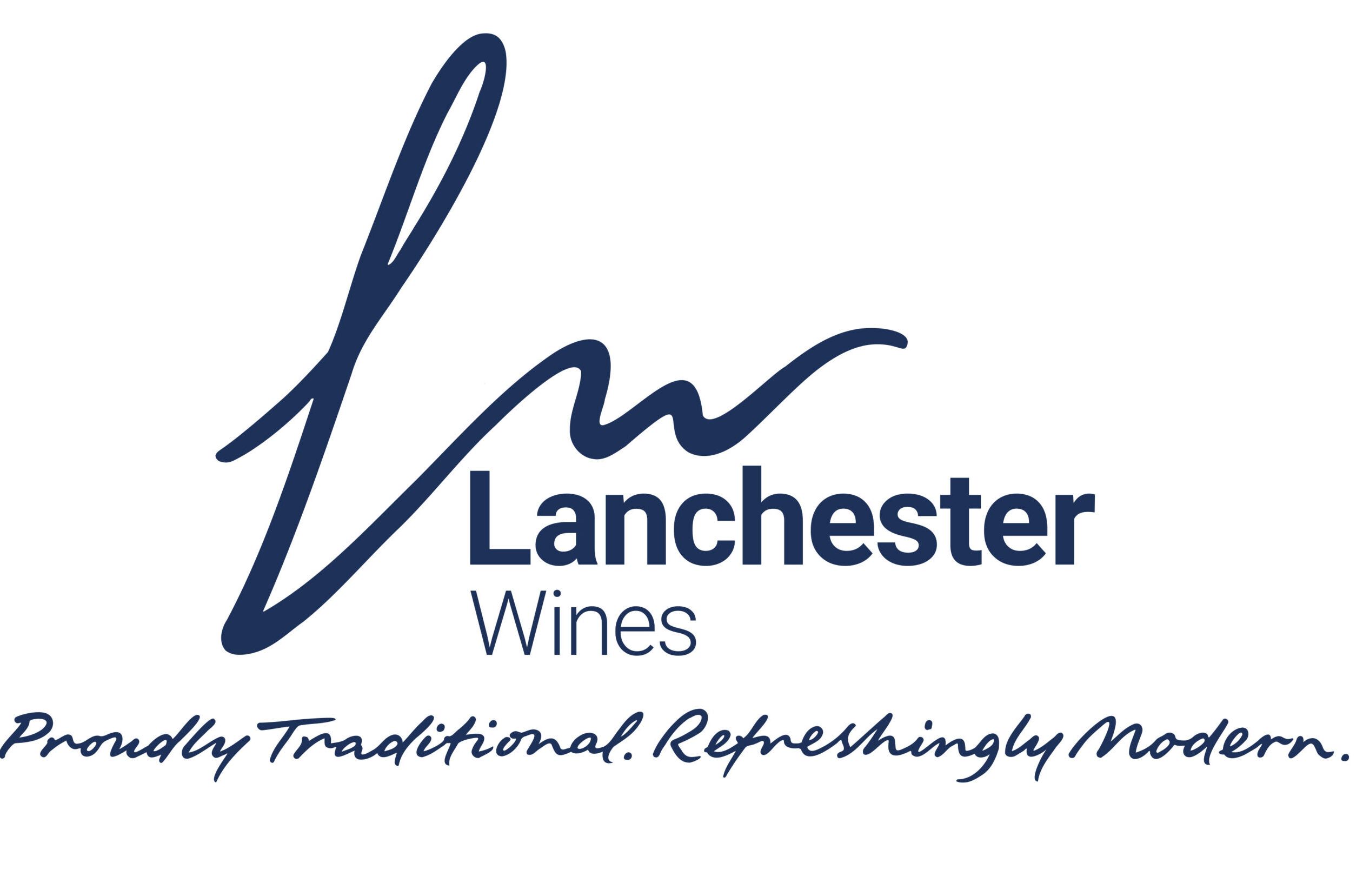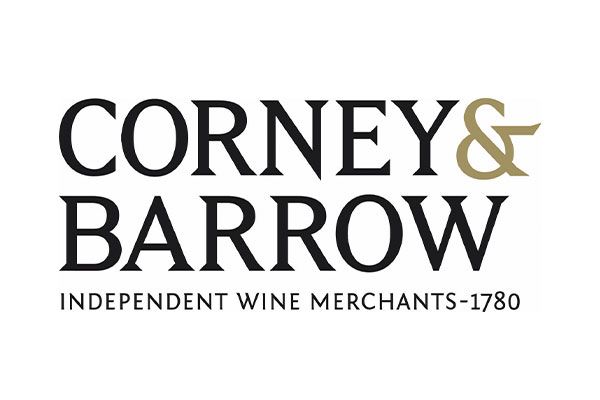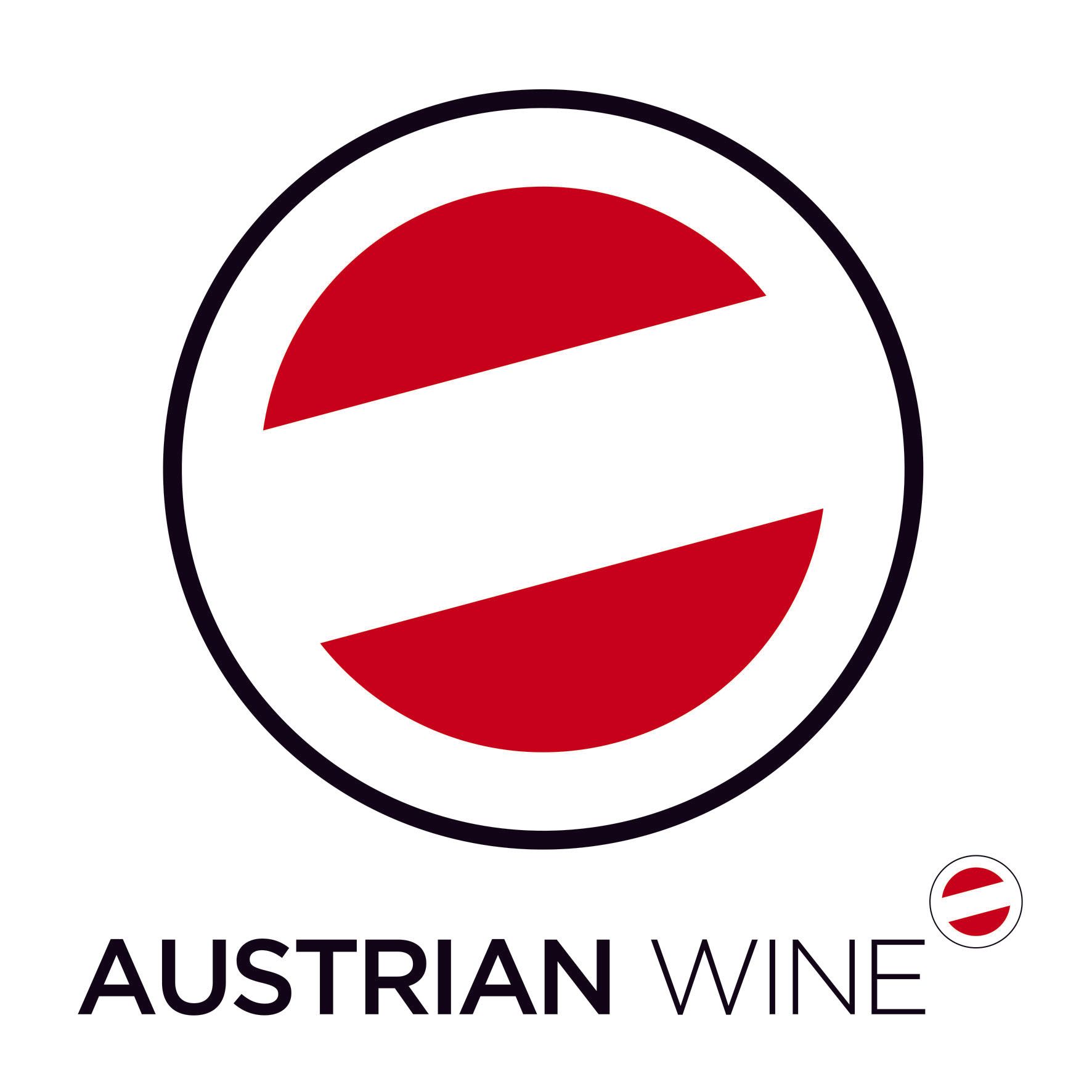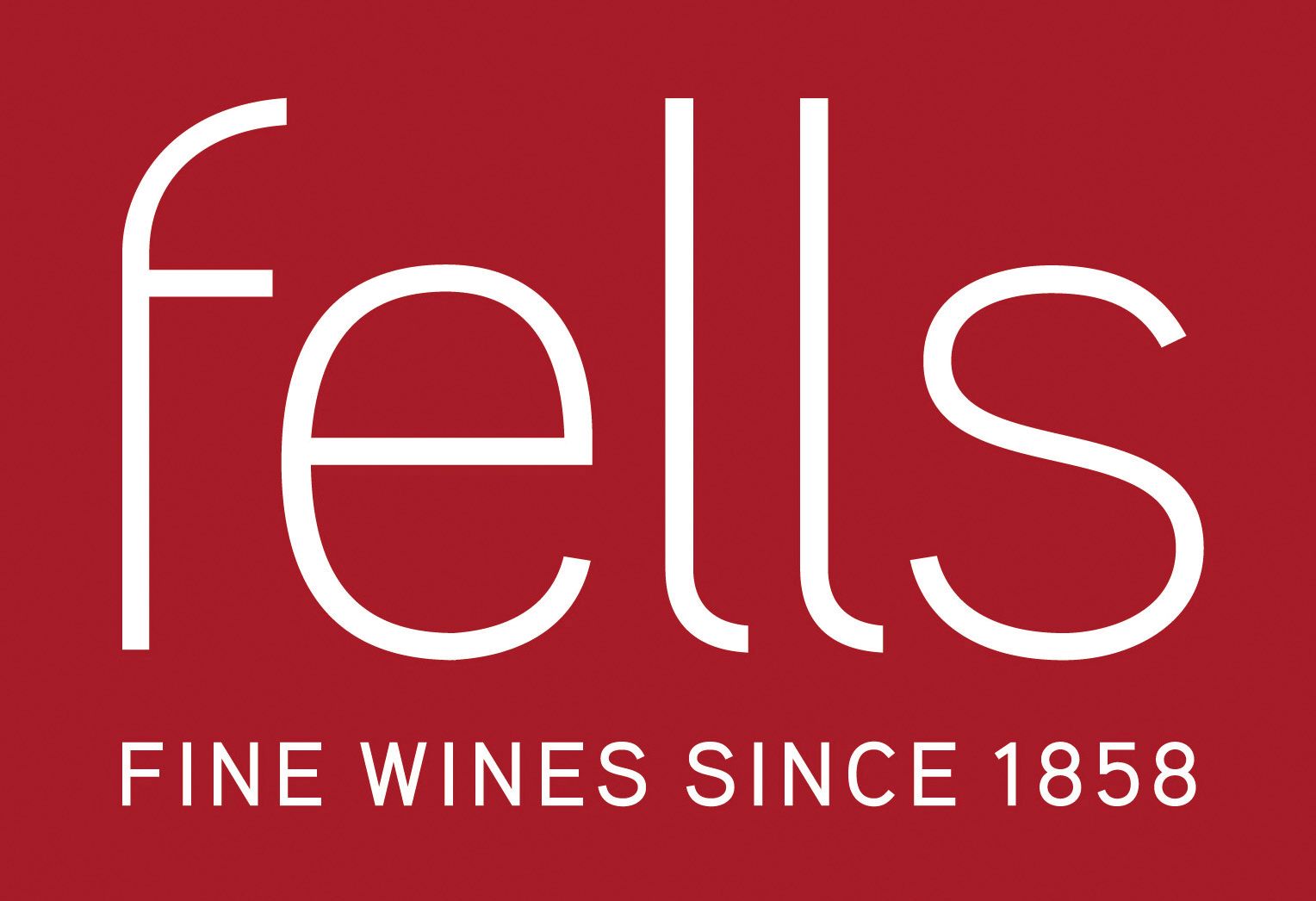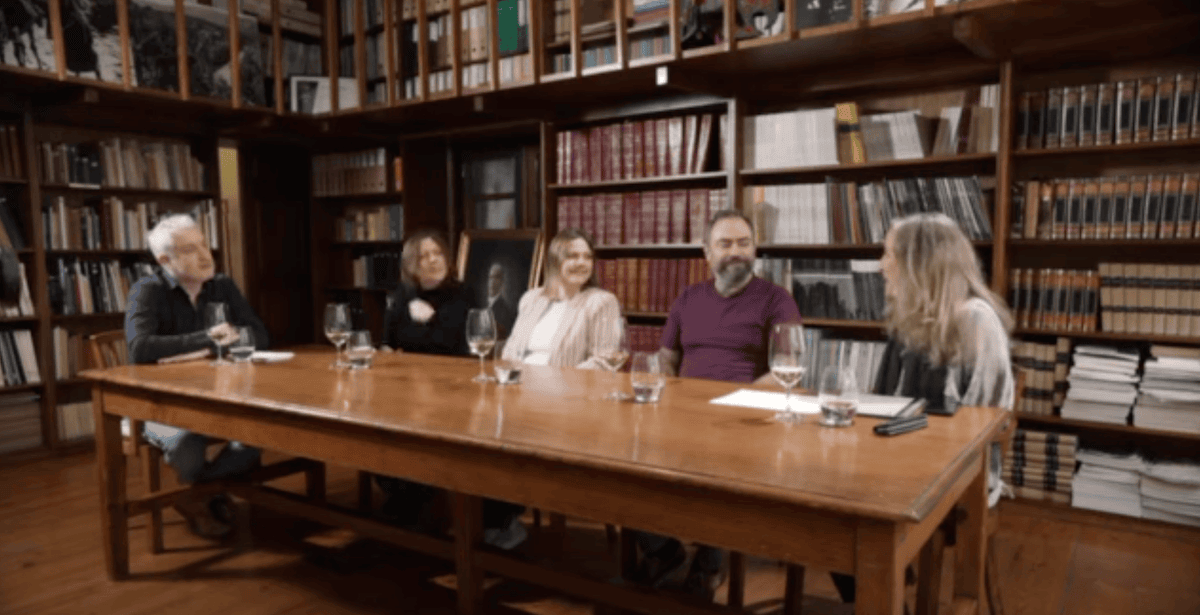Wagram is a green, peaceful and bucolic area to the west of Vienna. After the mind-blowing stress of driving on what was, for me, the wrong side of the road in the capital, it was a pleasure to head through the flat and sparsely populated countryside.
Vines and other crops like corn and sunflowers grew to the north of the motorway and a wall of mountains loomed on the western horizon. Frost being an issue in Wagram, the vines were planted on the hillsides.
I was here to try a lot of Roter Veltliners, which, despite the name, is used to make white wines. Nor is it related to the Austrian superstar grape, Grüner Veltliner. I was intrigued by Roter Veltliner, for it’s a wine which is rarely seen in the UK; in fact, I don’t think I’d ever tried one. Wagram is the main area for the grape.
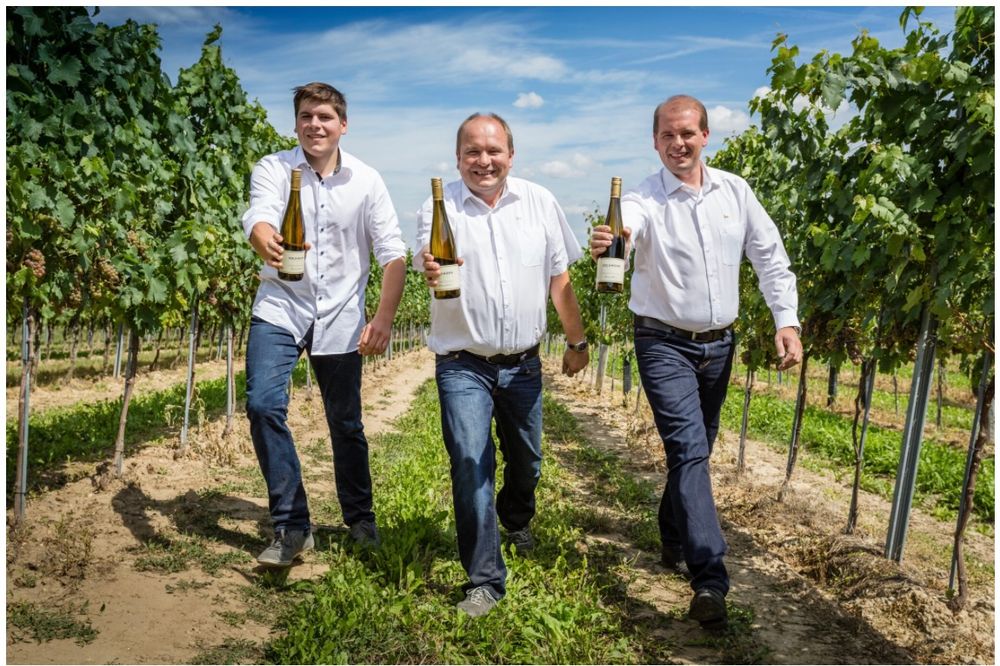
Roter Vetliners are a key grape variety for Weingut Kolkmann
Roter Veltliner is nicknamed ‘the diva from Wagram’, according to Horst Kolkmann Jr. of Weingut Kolkmann. He reeled off the reasons why it has this reputation.
In the vineyard, you need to “work double the time” on it compared to Grüner Veltliner. Rather than growing upwards, the shoots grow out to the side or sink. It's prone to mildew and requires a green harvest after flowering and careful canopy management. Half of each bunch needs to be removed to promote ripeness.
Roter Veltliner is evidently worth the considerable effort. As Rainer Christ of Weingut Christ in Vienna expressed it, the grape is “very interesting when you have the perfect terroir".
The growing environment in Wagram suits this late-ripening varietal, which demands dry soils and a warm climate. The south-facing vineyards are exposed to abundant sunshine and the region’s deep loess soils drain water very well, while retaining sufficient moisture for the vines.
Put to the test
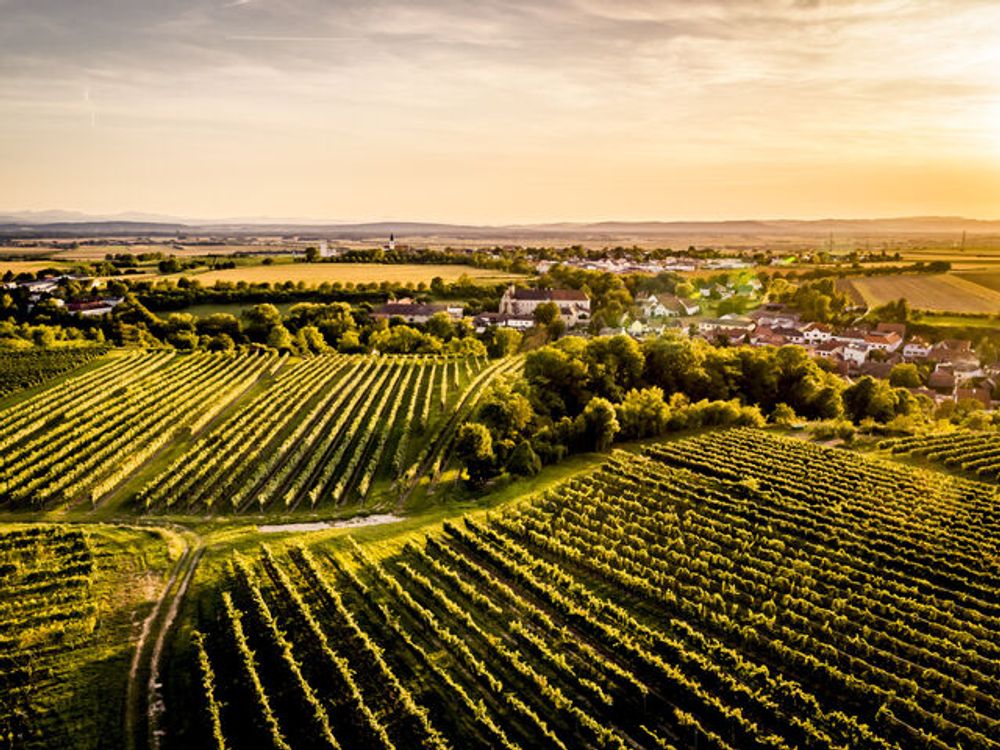
Austria's wine region of Wagram
Having tasted a substantial number of wines in situ, I can report that Roter Veltliner has ample acidity, which endures even in old bottles. The wines do not lack weight in the mouth and it’s highly aromatic. It has a lovely flavour reminiscent of honey and tropical fruits, coupled with some kind of spice, which I found hard to pinpoint.
I had read that Roter Veltliner could be disappointing when young, but that was not true of the bottles I tried. It clearly ages well, for I had a number of older wines which were wonderful.
I have to mention Kolkmann’s Roter Veltliner Vision 2013 in particular, for it brought a smile to my face. From the vineyard of Scheiben and aged for 12 months in acacia then 10 months in used oak barrels, its super ripe nose and flavours brought to mind a late harvest wine, but it contained just three grams per litre of residual sugar. The finish was never-ending.
My final visit in Wagram was to Weingut Josef Fritz, in the tiny hamlet of Zaussenberg. As was often the case during my time in Austria, I couldn’t find his winery, and had to enlist the help of a tough-looking and shirtless man.

Weingrut Josef Fritz might be hard to find but is well worth the visit
Josef Fritz is renowned for his Roter Veltliners, and he was amused by an old press clipping on his wall in which he was described as a Traminer specialist. He was emphatic that Roter Veltliner has great potential for ageing. He said that he’d done a vertical tasting going back to the 2010 vintage, and the only year that didn’t show well was 2014, a wet year.
Winemaking in Vienna

Benjamin Edthofer at Weingut Wieninger
Winemaking in Vienna has a very long history. I learned from that while vine growing in the heart of Vienna ended centuries ago, it continued in the city’s second district until the 1960s. In addition to Wieninger, which has vineyards in both the Bisamberg and Nussberg areas in the north of the capital, I also tasted wines at Weingut Christ, another renowned producer.
I had an informative conversation about the differences between the Nussberg and the Bisamberg hills with the very interesting Rainer Christ, the owner of Weingut Christ. He makes wines solely from the Bisamberg, so I asked him if wanted to have a vineyard on the Nussberg. “No”, he said, without hesitation.
The Bisamberg, to the north of the River Danube, is “the sunny side of Vienna”, he told me. The Nussberg, not far away but on the southern bank of the river, sees more rain. Although the Nussberg is more famous historically, the Bisamberg has been “the most successful over the last 30 years”, he said.
The Nussberg is covered by vines, whereas only 30% of the land on the Bisamberg is under vine. The latter is greener, with forests. The soils are quite different too, with more limestone found on the Nussberg. Rainer Christ used to have two vineyards on the Nussberg, but it was an unhappy experience.
Vienna’s gift to the world of wine is Wiener Gemischter Satz, a field blend. Only this style of wine, comprising at least three white grape varieties from the same vineyard and vinified as one, may be labelled with the coveted DAC appendage, which indicates regionally typical wines.
According to Benjamin Edthofer, the field blend was historically a good option in Vienna as it ensured “stable yields”. Some grapes might struggle one year, but others would perform well, ensuring wine could reliably be produced.
Only one of Wieninger’s Wiener Gemischter Satz wines is made using just three white grapes, the Bisamberg Wiener Gemischter Satz DAC 2023. To those from outside Austria, it might seem an incongruous French blend of Weissburgunder (Pinot Blanc), Chardonnay and Grauburgunder (Pinot Gris), but these varietals have a long history in Austria.
Wieninger uses up to 15 grapes in its field blends, though, which is what I find appealing about this style of wine. You can try a Gemischter Satz which includes several grape varieties you have no familiarity with.
Neuberger, which I knew nothing about before travelling to Austria, appears in the majority of Wieninger’s field blends. I asked a winemaker in another region of Austria about Neuberger and he deemed it “a pain in the ass” in the vineyard. In Vienna I was informed that it “lacks aromas”, suffers from the vine disease peronospora and requires “a lot of work”. Probably best in a field blend then.
Grüner Veltliner is the main grape in field blends at Weingut Christ, with the Pinot-style varietals the next big group. Of the French grapes, Grauburgunder is the least favoured as its sugar content can shoot up.
The high percentage of Grüner Veltliner was certainly noticeable in some of the wines I tried. Wieninger’s Wiener Gemischter Satz DAC 2023, which has about 40 % of Grüner Veltliner in the blend, had a very noticeable peppery character. I think this tasting note is really overused to describe wines made from Grüner Veltliner, but this one certainly had the peppery aroma in abundance.I left Vienna with a half-bottle of Wieninger's 2017 Wiener Gemischter Satz DAC from the vineyard of Ulm, which is on the Nussberg. It had a hint of Fino Sherry about it, which was very appealing – if you like sherry.
Discovering Carnuntum
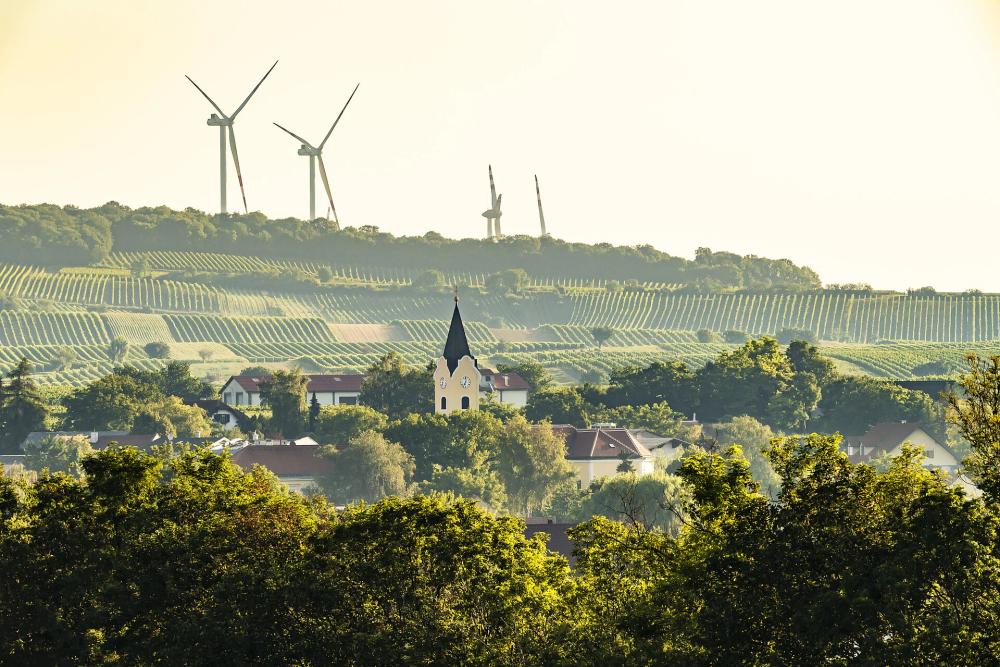
The sleepy wine region of Carnuntum has many wines and winemakers to discover
The vineyard of Rosenberg was almost silent when I visited at the end of July. I could hear cicadas croaking and the soughing of the wind, but that was about it. Rows of vines stretched down the gentle green slope towards the small town of Göttlesbrunn, beyond which the ground rose again towards a wind farm. Stones and pebbles lay on the soil beneath the vines, but the ground between the rows was covered in grass.
Sleepy Göttlesbrunn is in the heart of the small Austrian vine-growing region of Carnuntum, a short drive to the east of Vienna Airport. The wind blows 300 days a year, lowering disease pressure to such a degree that 80% of production in Carnuntum is organic.
It's also decidedly warm. On the day I arrived, the temperature hit 33 degrees. The heat from the Pannonian plain is, however, mitigated by forests and the River Danube, which flows unseen just a few miles to the north of Göttlesbrunn.
“The Danube gives us cool nights,” says Johanna Markowitsch of Weingut Markowitsch.
This being Austria, it should come as no surprise that a lot of very good white wines are made in Carnuntum. Chardonnay is a favoured varietal at Weingut Markowitsch, with Johanna Markowitsch commenting that Chardonnay “can deal with the sun but also loves the cool nights” in Carnuntum.
Carnuntum is more renowned for its red wines, though. In the vineyard of Rosenberg I saw tiny Merlot berries growing on the vine. They were green, having not yet gone through véraison. Merlot apparently grows well on sand and gravel soils in Carnuntum, but Hanna Glatzer, a winemaker at Weingut Glatzer, deemed it a ‘challenging’ grape because its sugar content shoots up before the seeds are ripe.
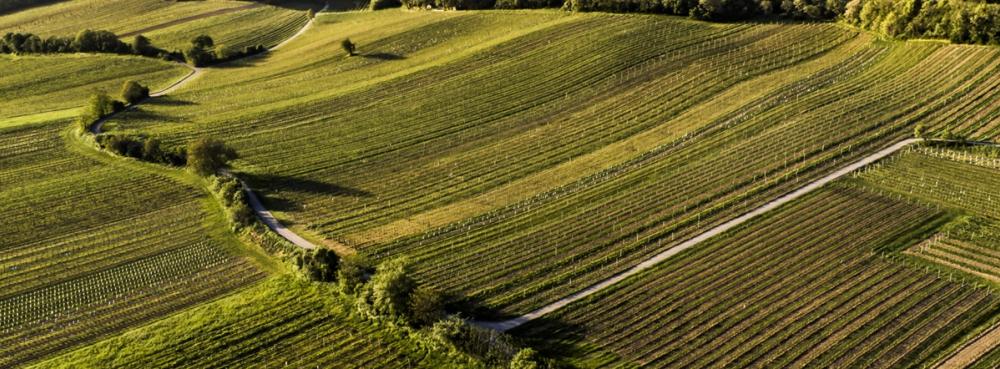
The vineyards at Weingut Markowitsch
The most planted red grape in Carnuntum, and indeed Austria, is Zweigelt. In Ried Rosenberg, it’s grown on clay, which is rare in Carnuntum. I was informed, however, that it can grow successfully just about anywhere, explaining its ubiquity.
Although widely planted, Zweigelt “doesn’t have the best reputation and can be tricky as a single varietal wine,” says Benjamin Edthofer. He added that it has a “distinctive strawberry note” in cooler regions, a description which definitely doesn’t apply to Carnuntum, with its hot summers.
Zweigelt “has many faces”, according to Johanna Markowitsch, but the wines tend to be full-bodied and always have a dark fruit character, with cherry a common flavour. The dark cherry note was also mentioned by Hanna Glatzer, who noted that Zweigelt has more “charming” tannins than the other leading red grape in Carnuntum, Blaufränkisch.
She observed that Blaufränkisch has blackberry, earth and spice notes in Carnuntum and harsher tannins than Zweigelt. She likened the tannin structure to that found in Syrah. You won't find jammy, overripe reds made in the region, despite the intense summer heat, she told me. “Carnuntum wines are approachable,” she adds.
Lighter reds are also made in Carnuntum, from Pinot Noir and Sankt Laurent. I find it hard to get excited about the former, as shown by the fact that I didn't write a tasting note about the Pinot Noir I was given at Weingut Markowitsch. I was more eager to try a Sankt Laurent, although the one I tasted at Weingut Glatzer reminded me of a Pinot Noir.
Hanna Glatzer remarked that it has good natural acidity and “silky and smooth” tannins. It goes well with cold meats and the classic food pairing is goose.
The next day I drove to Wagram. The loess soil and sunny and warm weather brought Washington State, a home to many lovely Merlots, to mind. Inspired by my time in Carnuntum, I asked a winemaker if Merlot was grown in Wagram. The answer was a resounding no. Perhaps my question came 20 years too soon.
* Michael Walker was a guest of the Austrian Wine Marketing Board who are a commercial partner to The Buyer.
